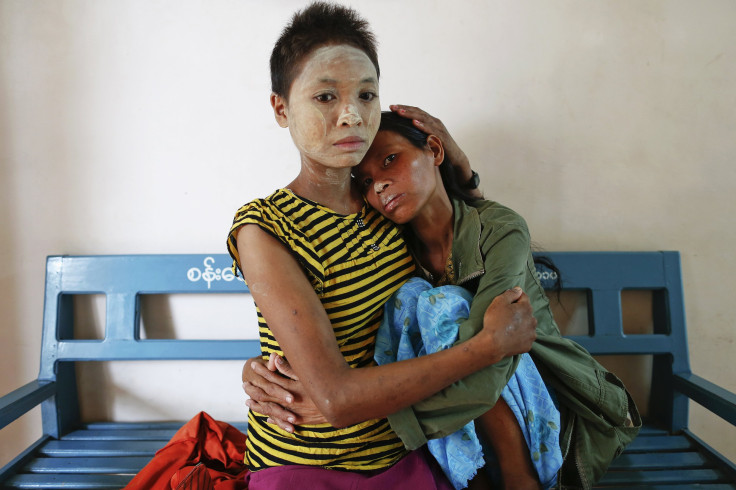HIV alarm: Super-strong HIV destroys CRISPR-Cas9 gene-editing technique; CRISPR makes HIV stronger

In March, it was reported that Temple University researchers used the gene editing tool CRISPR/Cas9 to edit out from a patient’s infected immune cells an entire HIV-1 genome. The discovery demonstrated other capabilities of the tool beyond removing heritable genetic ailments or introducing new genes. The finding had potential impact for the treatment of AIDS and other retroviruses by eliminating viruses that plant their genetic codes within host cells to replicate.
However, a new study has revealed HIV’s immense power to cripple all efforts of CRISPR gene-editing technology to cure HIV, writes Nature. Editing the virus’ genome might introduce mutations that will help it to resist attack. The study has triggered a debate on the effectiveness and feasibility of the popular CRISPR-Cas9 gene editing technique to combat HIV.
The researchers found out that any effort to “cut” HIV out of a host cell can make the virus stronger. Chen Liang of McGill University AIDS Center in Montreal, Canada, and his team of researchers have found out that HIV cannot be “edited out.”
The scientists used CRISPR to cut out the viral DNA. It had been incorporated in the host’s cell. They hoped that when the cell would patch its DNA once again, the viral component would be held at bay by the scar tissue.
However, the team saw that the scar tissue actually made the virus stronger and was replicating faster. That was not the end of trouble. The CRISPR was not able to recognise the infection and go back for another attack as the host cell DNA was patched up with the scar tissue.
The only positive thing from this study was that the researchers were at least able to understand how HIV defends itself against the gene-editing technique.
“Just as HIV is able to escape all antiretroviral drugs, understanding how HIV escapes only helps you discover better drugs or treatments,” Liang said.
One can read more about the study at New Scientist.





















